In today’s fast-paced world, where everything moves at breakneck speed, more and more people are turning to the concept of “slow living.” But what is slow living exactly?
Slow living is a lifestyle choice that emphasizes slowing down, savoring each moment, and embracing a more mindful and deliberate approach to everyday life. It’s about living intentionally and being present in each moment, rather than rushing through life without taking the time to truly experience it.
The slow living movement has its roots in the slow food movement, which began in Italy in the 1980s as a response to the fast food culture that was taking over.
Slow food emphasized the importance of local, sustainable, and seasonal food, and the pleasure of sharing a meal with family and friends. This movement soon spread to other areas of life, and slow living was born.
Let’s find out how to start slow living.
Related: 5 Simple Hacks That Can Make Your Life Easier
The Art Of Slow Living: 12 Tips To Slow Down
1. Have a slow approach to your daily life.
In our busy world, it can be easy to feel overwhelmed and drained by the constant pressure to keep up. The slow living movement offers a refreshing alternative, advocating for a simpler, more intentional way of life.
By reevaluating your priorities, slowing down, and focusing on the things that truly matter, you can cultivate a greater sense of contentment and fulfillment in your daily life.
Embrace a slower pace, take pleasure in your daily routines, and savor the moments that make life truly meaningful. With the slow living lifestyle, you can find peace, joy, and balance in a world that often feels out of control.
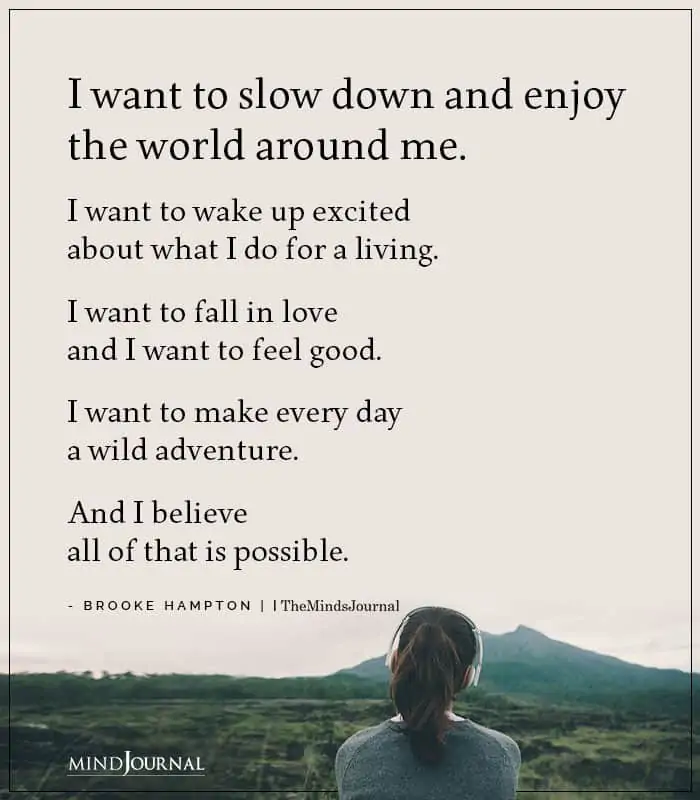
2. Be in the present moment and live mindfully.
One of the most important slow living principles is this. In a world filled with distractions and chaos, living with mindfulness and presence can seem like an elusive goal.
However, it is possible to cultivate this way of life by making a conscious effort to focus on the present moment. By being fully present in each moment, you can experience a simpler, more satisfying, and less stressful life.
In order to break out of the cycle of chaos and distractions, many people turn to mindfulness and meditation practices. These techniques can help you learn to focus on the present and let go of worries about the past or future.
By making a habit of delighting in the here and now, you can begin to embrace slow living and simplify your life.
Living with mindfulness and presence is not about ignoring the challenges of life or avoiding responsibilities. Rather, it is about approaching your daily tasks and routines with a greater sense of awareness and intention. By slowing down, being present, and focusing on what truly matters, you can live a more meaningful and fulfilling life.
3. Stay connected with your community.
It’s not just about taking things at a slower pace – it’s also about cultivating a connection to your community.
By volunteering, organizing events, or simply taking the time to enjoy the activities available in your local area, you can develop meaningful connections with others and feel a greater sense of peace and contentment.
In a world that often emphasizes individual achievement and personal success, the slow living movement encourages you to prioritize relationships and community involvement. By focusing on the present moment and being mindful of the connections you make, you can experience a deeper sense of belonging and purpose in your daily life.
So take the time to slow down, get involved in your community, and savor the connections that bring joy and meaning to your life. By embracing the slow living philosophy, you can create a more fulfilling and satisfying way of life.
Related: Sohwakhaeng: The Korean Philosophy Of Small But Certain Happiness
4. Live your life with purpose.
Living a purposeful life is essential to your overall happiness and well-being. By embracing your passions and committing to personal growth, you can find a sense of fulfillment and satisfaction in your daily life.
One way to cultivate purpose is through hobbies or special interests. These activities not only bring us pleasure and relaxation but also contribute to our personal development and connection to others.
Whether it’s writing, painting, gardening, or playing music, finding a hobby or special interest can help you connect with your inner self and find meaning in your life.
So make time for your favorite activities and interests, embrace the joy and purpose they bring to your life, and use them as a way to connect with others and grow as an individual.
5. Work towards consuming less and living a minimalistic life.
A slow living lifestyle embraces minimalism and involves decluttering your home, simplifying your wardrobe, and reducing your spending. This trend toward minimalism is fueled by the recognition that material possessions do not equate to happiness or fulfillment.
By becoming a minimalist, you can lead a debt-free life, save money, and prioritize spending on what you truly need. Overconsumption also contributes to environmental problems, but minimalism offers a solution to reduce waste and conserve natural resources.
By consuming less, you can reduce your environmental impact and positively contribute to the world around you. Embrace a simplistic mindset and minimalist behaviors to support a slow living lifestyle and live a more meaningful life.
6. Make a promise to yourself that you’ll slow down.
Many people believe that slowing down should be reserved for old age, but there is a growing sentiment that slowing down is essential at any age.
Although it can be difficult to slow down when life is busy, it is important to remember that time is limited, and it’s important to consider how you want to spend it.
By committing to a slow lifestyle, you can find peace and joy amidst the chaos of life. Take time to reflect on your options and choose a life that aligns with your values. Embrace everything that is real, and try not to let the chaos of life disrupt your commitment to happiness, peace, and calm.
Related: The Epicurean Philosophy: How To Be Happy and Seek Pleasure
7. Value the people you have in your life.
Are you investing your time in the people who matter most? Unfortunately, many of us prioritize technology over our personal relationships. Shockingly, 90% of people check social media during one-on-one conversations and 66% of people use their phones during meals.
We’re living in a society where it’s easy to communicate online instead of in person, leading to less authentic relationships.
While it’s a great thing to expand your network, it’s important to value in-person connections with people who share your values and interests. Create and maintain space in your life for authentic relationships that empower you.
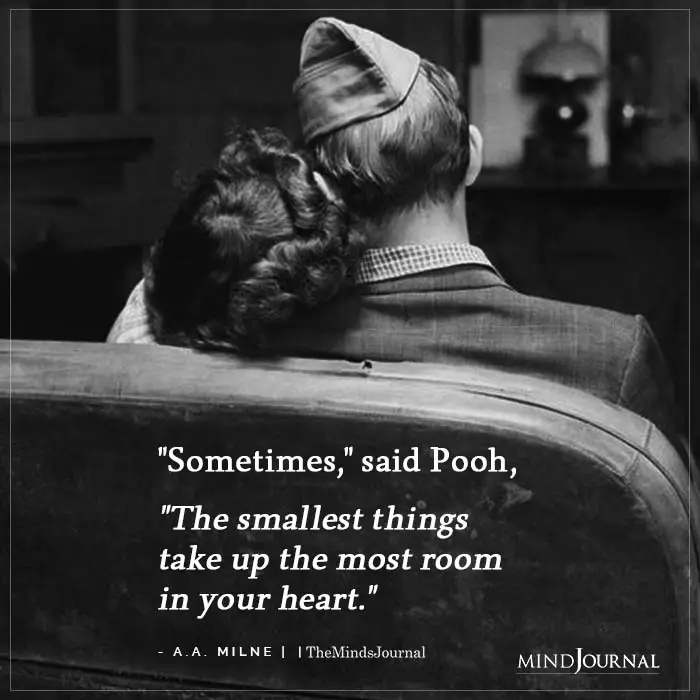
8. Practice slow living at work.
If you want to practice a simple slow living lifestyle, then you have to reject the fast-paced lifestyle that glorifies busyness without purpose. A busy schedule doesn’t equate to a fulfilling life nor does a rushed day mean productivity.
In fact, the constant distractions, meetings, notifications, and chattering coworkers can hinder one’s focus and ability to produce meaningful results. The power of undistracted concentration is evident when one arrives early to the office and completes days’ worth of work in just a few hours.
Embracing slow living at work entails prioritizing tasks that lead to actual outcomes and eliminating unnecessary busy work. By doing so, you can work smarter, not harder, and live more intentionally.
9. Start your days slowly and with a calm mind.
Starting your day slowly is a crucial component of slow living. Rushing through your morning routine sets the tone for the rest of your day, leaving you feeling impatient, stressed, and focused on checking things off your list.
On the other hand, allowing yourself enough time in the morning can help you savor every moment and enjoy your daily routine.
By slowing down in the morning, you can take the time to enjoy your coffee or tea, savor your breakfast, and even sneak in some meditation. This can help you feel more present and centered throughout the day, leading to increased productivity and a more fulfilling day overall.
If you’re new to slow living, try starting your day with a few extra minutes of quiet time, a leisurely breakfast, or a walk outside. These small changes can make a big difference in your daily life, helping you to slow down and enjoy the moment.
Related: Ichigo Ichie: 10 Principles Of The Japanese Art of Living Every Moment
10. Refuse to engage in things that drain and exhaust you.
If you are planning on opting for slow living, then it’s important to prioritize your mental and emotional well-being.
Saying “no” to things that drain you is a crucial step towards that. It can be tempting to fill your schedule with fun and exciting events, but it’s important to remember that your time and energy are limited resources.
Learning to say “no” to hangouts, parties, and activities that don’t align with your values or leave you feeling exhausted is key. It’s okay to prioritize alone time or restful activities like reading or taking a walk in nature. By saying “no” to things that drain you, you create space for the things that truly matter and bring you joy.
Remember, your time and energy are valuable. Protecting them is essential to living a slow and intentional life. So, the next time you’re asked to attend an event or activity that doesn’t align with your priorities, don’t be afraid to politely decline.
11. Declutter your space and simplify it.
Creating a simple and organized living space can help improve your mental clarity and reduce stress levels. Start by decluttering your living environment and getting rid of unnecessary items, such as clothes you don’t wear, and furniture that serves no purpose other than as a catch-all for clutter.
Doing so can help streamline your daily routine and create a more peaceful and productive atmosphere. It’s a small change that can have a big impact on your overall well-being. So take a deep breath, clear out the clutter, and enjoy the benefits of a simplified space.
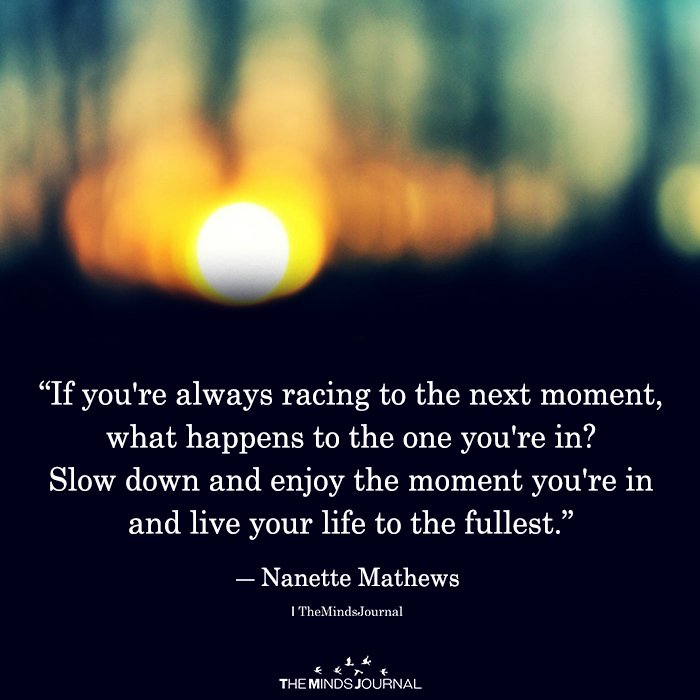
12. Spend time in nature and find out your favorite places.
One of the best ever slow living tips is this one, and definitely one of the most underrated.
In the fast-paced environment of a bustling city, finding outdoor spaces where you can slow down and take a breath is essential for managing stress. Consider exploring parks, quiet streets or cul-de-sacs, libraries, museums, chapels or churches, cemeteries, and botanical gardens.
Each of these locations provides a unique experience, whether it’s a peaceful green space in the middle of the city, an oasis amid the bustling crowds, or a serene setting surrounded by ancient trees.
These spots offer a much-needed getaway from the hectic pace of city life and can provide a respite to help you relax and recharge. Although they may not offer the same opportunities for slow living as rural areas, they still provide a valuable escape from the chaos of city living.
Related: What Is Hygge? How To Introduce This Danish Lifestyle In Your Life
Benefits Of Slow Living
Here are some of the best benefits of the slow living lifestyle.
- Reduces stress and anxiety levels
- Encourages living in the present moment and being mindful
- Improves sleep quality and quantity
- Enhances mental clarity and focus
- Increases creativity and productivity
- Strengthens personal relationships and social connections
- Promotes physical and emotional well-being
- Reduces environmental impact and carbon footprint
- Saves money and reduces consumerism
- Encourages healthy eating habits and home-cooking
- Provides opportunities for self-reflection and personal growth
- Fosters a sense of gratitude and appreciation for life’s simple pleasures
- Reduces the need for multitasking and promotes deep work
- Encourages a more balanced and sustainable lifestyle
- Helps to create a deeper connection with nature and the surrounding environment
Slow living is not just a lifestyle choice, but a conscious decision to live intentionally and with purpose. It is about finding balance, prioritizing the things that matter most, and simplifying your life to reduce stress and increase happiness.
By taking the time to slow down, you can enjoy life’s simple pleasures, focus on personal growth, and create meaningful connections with the people and world around you. Slow living offers numerous benefits that can improve your physical, mental, and emotional well-being.
Related: What Is Minimalism? Top 10 Benefits of Living a Minimalist Lifestyle
Embracing a slow living lifestyle may require some adjustments, but the rewards are well worth the effort. So take a step back, breathe deeply, and enjoy the beauty of slow living.
Want to know more about the slow living lifestyle? Check this video out below!
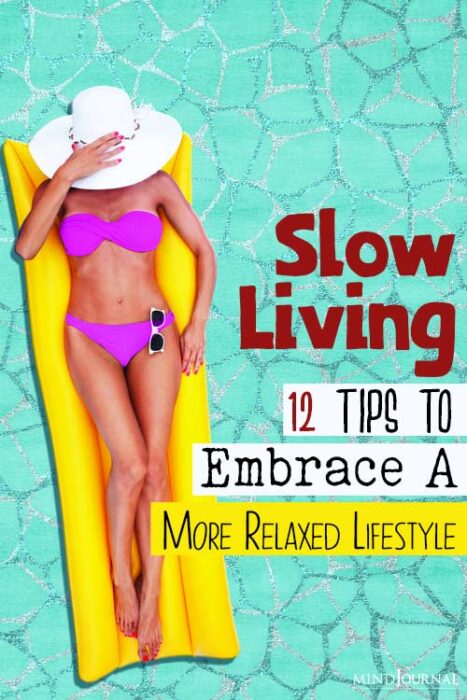

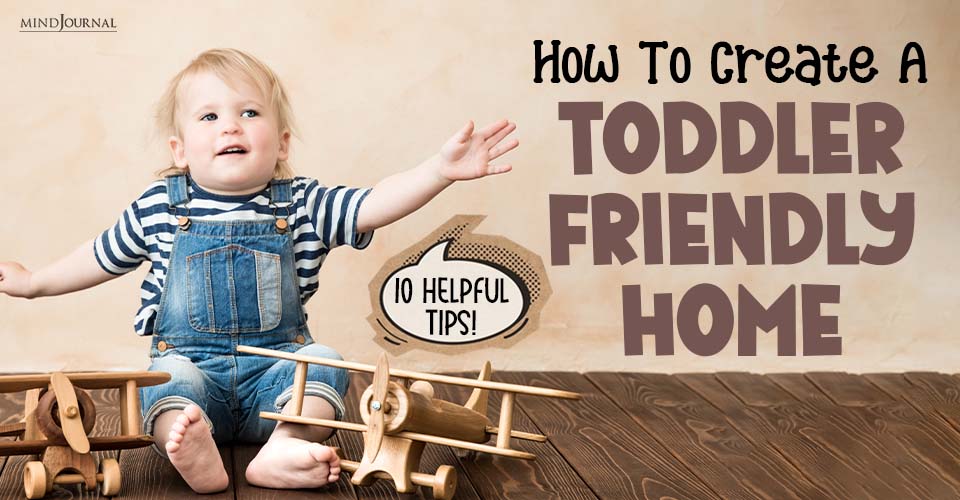






Leave a Reply
You must be logged in to post a comment.